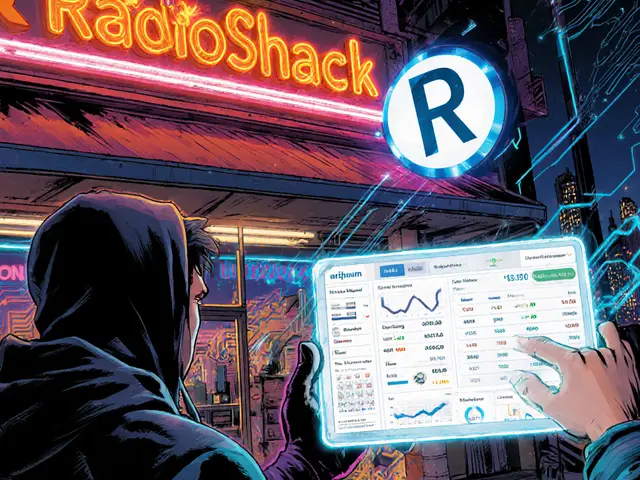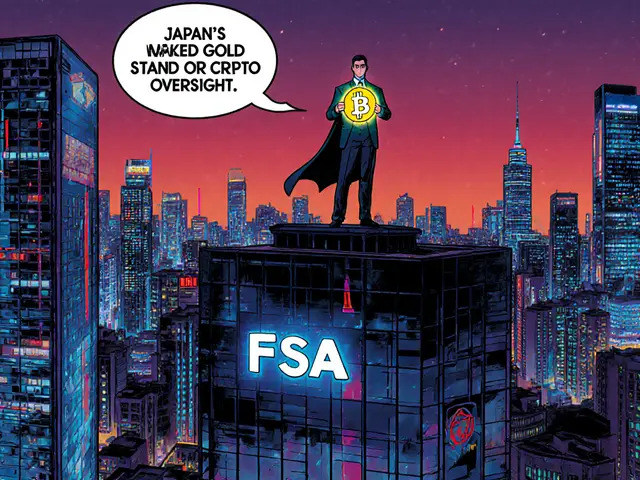DOJ Crypto Penalties: What They Mean for Traders and Investors
When dealing with DOJ crypto penalties, financial sanctions imposed by the U.S. Department of Justice against individuals or entities that break crypto‑related laws. Also known as justice‑driven crypto fines, they often involve civil penalties, monetary awards ranging from thousands to millions of dollars and can trigger asset seizures. The U.S. Department of Justice, the federal agency responsible for prosecuting financial crimes uses these penalties to enforce crypto enforcement, a suite of actions that target illegal trading, money‑laundering and fraud. In short, DOJ crypto penalties encompass civil fines, require compliance with money laundering regulations, rules that force crypto firms to identify and report suspicious activity, and signal to the market that illegal behavior will be punished.
How Enforcement Shapes the Crypto Landscape
Every time the DOJ issues a penalty, it creates a ripple effect across the whole ecosystem. Crypto tax guides, like our piece on legal avoidance versus illegal evasion, show how penalties can turn a simple filing error into a federal case. Bank‑freeze articles explain that under the 2025 GENIUS Act, a single violation can lock an entire account, echoing the DOJ’s habit of tying civil penalties to broader AML compliance. Privacy‑vs‑surveillance reports highlight that the DOJ’s enforcement pushes developers toward privacy‑preserving tech, because any data leak could trigger a hefty fine. Exchange‑licensing guides for Indonesia or the UK’s hub ambitions also reference DOJ pressure: regulators often model their rules on U.S. standards to avoid being left out of global markets. All these pieces illustrate three core triples: (1) DOJ crypto penalties require adherence to money‑laundering regulations, (2) crypto enforcement influences market behavior, and (3) civil penalties signal regulatory risk to investors.
Knowing the mechanics of DOJ penalties helps you stay ahead of costly surprises. Below you’ll find a curated set of articles that break down recent DOJ actions, map tax consequences, detail how banks respond, compare exchange compliance, and explore privacy tools that can mitigate risk. Whether you’re a trader fearing a freeze, a developer building a privacy layer, or a casual investor curious about the next big fine, the posts listed after this intro give you practical steps and real‑world examples to protect your assets and understand the regulatory tide.

A 2025‑focused guide on major crypto exchange enforcement actions, the fines imposed, common compliance gaps, and a practical checklist to keep your platform safe from regulators.
Continue Reading





